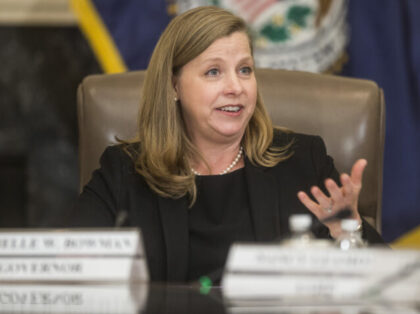Consumer Confidence Soars
Tis the season to be jolly.

Tis the season to be jolly.

It’s fun to play with Frosty the Snowman, but eventually he melts.
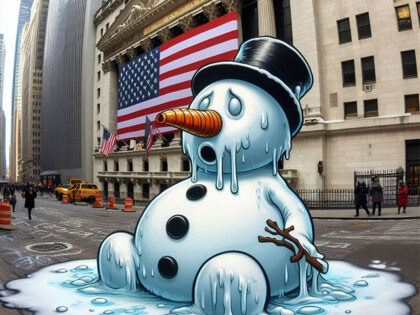
House building got a big boost from the fall in interest rates last month. Residential housing starts rose 14.8 percent to an annualized rate of 1.56 billion, data from the Commerce Department showed Tuesday. Starts of single-family houses jumped 18

The market’s reaction to the Fed’s dovish pivot last week is withstanding the pushback from former and current Fed officials.
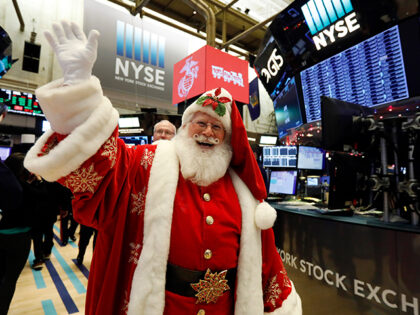
“Problem is, the central bank’s dovishness also increases the possibility of no landing at all,” Bill Dudley warned.

Improved conditions for home building could disrupt forecasts for rate cuts next year.

New York Federal Reserve President John Williams said Friday that rate cuts are not a topic of discussion for the central bank.

The N.Y. Fed’s “Empire State” manufacturing index sank to -14.5 in December, the lowest level in four months.

The markets are delighted that they heard Powell say, as he drove out of sight, “Rates cuts for all—and to all a good night.”

Retail sales were much stronger than expected in November, boosting hopes for a strong holiday shopping season.

We doubted Fed Chairman Jerome Powell was going to play the Grinch at his press conference today, but we did not expect him to play interest rate Santa Claus.

The Federal Reserve left interest rates at 5.25 to 5.5 percent.

Prices paid for goods and services to U.S. producers were unchanged in November compared with October, the Department of Labor said. The producer price index for final demand, which is the Labor Department’s longest-running inflation gauge but less closely followed

The inflation report released Tuesday is unlikely to do much to support the idea that Bidenomics has been a boon for the American economy.
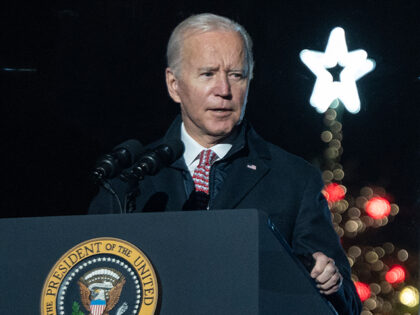
Inflation accelerated slightly in November, marking the thirty-second consecutive month with annual prices rising significantly faster than the two percent target seen as healthy by the Federal Reserve. The consumer-price index, the Labor Department’s broad measurement of what consumers pay
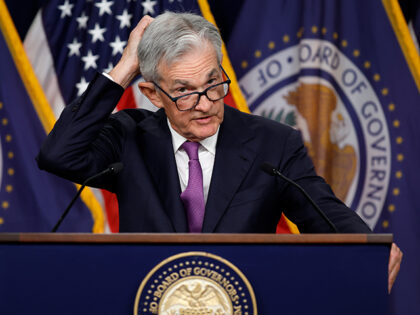
The American consumer is rushing into the end of 2023 in high spirits—in part because they like how next year’s election is shaping up.

The November jobs numbers were a kick in the teeth to traders betting that the Federal Reserve would start cutting rates in March.
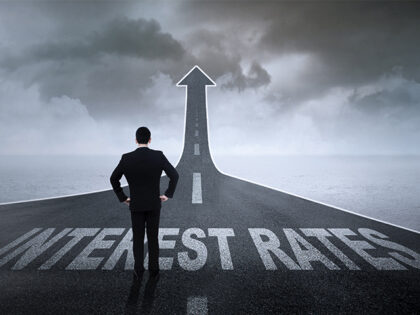
A growing share of consumers think next year’s election will produce results favorable to the economy.

Economists had expected the economy to add 185,000 jobs.

Christmas came early for many consumers in the U.S. this year, and that may have created an illusory drop in inflation and retail spending.

Drugs developed with the assistance of public funding would be vulnerable to government price controls and patent seizures if Biden succeeds in implementing an unprecedented expansion of an authority originally created in 1980.
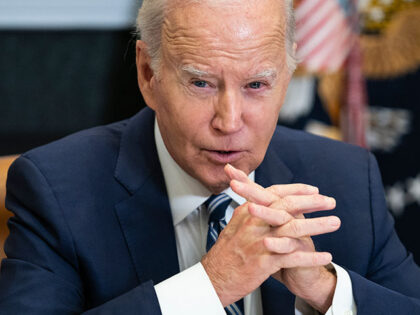
The number of Americans losing their jobs and applying for unemployment benefits was nearly unchanged last week at 220,000, indicating that businesses continue to hold on to workers even though economic growth appears to have slowed and job openings have

Buckle up and return to your seats. There’s likely to be some turbulence ahead.
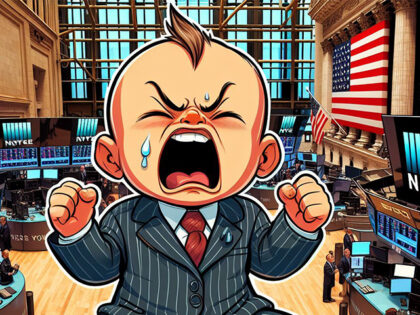
Businesses added just 103,000 workers to their payrolls in November, the paycheck processor ADP said Wednesday.

The Federal Reserve may have to get back to work.
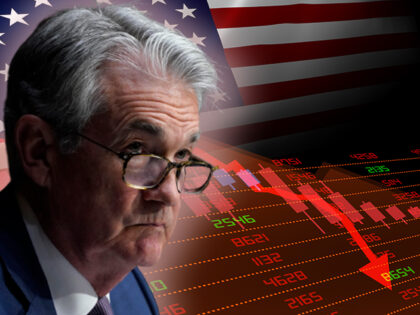
Could the long-awaited softening of the labor market finally be arriving?

Even Taylor Swift may not be able to save the economy from a wokecession in entertainment.

Core capital goods orders were down for the second straight month in October, a signal of weakening business confidence in the economy.
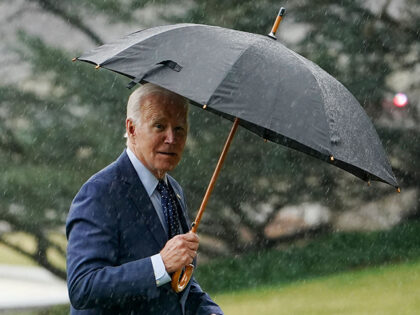
Jerome Powell probably did not mean to trigger a significant easing of financial conditions on Friday, but that’s exactly what he did.

“A lot of people will just categorically say it is nonsense,” Lisa Abramowicz of Bloomberg said.
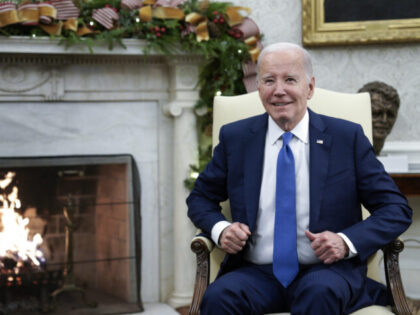
The market immediately priced in much larger odds of a cut in March and May.
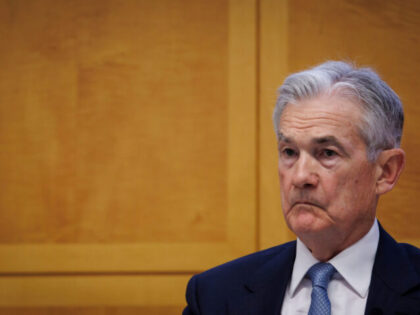
All three major stock indexes rose by at least eight percent in November.
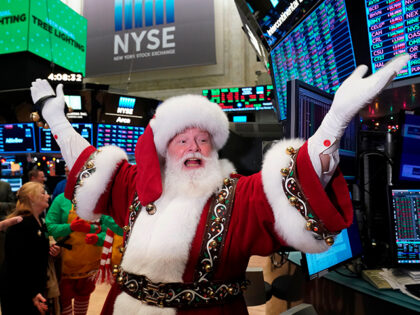
President Biden’s increasingly brazen attempts to bamboozle the American public on economic matters have more than a whiff of desperation.
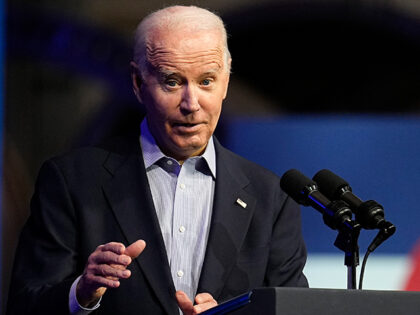
Rejecting the view of most economists on both the left and the right, Biden said in a tweet that companies should be lowering prices because the rate of inflation has come down this year.

Inflation continued to slow in October but the multiyear price increases under President Biden are still at the highest in decades.
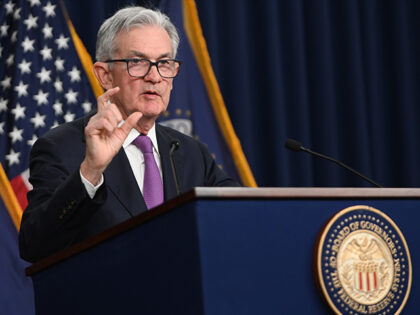
The most striking thing about President Biden announcing a special White House council on supply chains is that it took until this Monday to happen.
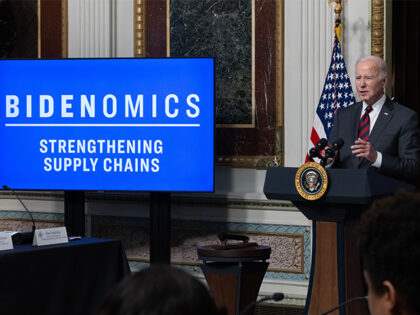
Biden says he wants to grow the economy from “the bottom up.” Yet lower income Americans give Biden the worst approval rating on the economy.

Consumer spending was revised lower but government spending, business investment, and residential investment were all revised higher.

Does the rule that you cannot fight the Fed apply if the Fed is fighting itself?

Federal Reserve Governor Michelle Bowman said on Tuesday that she expects the central bank will have to hike rates further to bring inflation down to its two percent target. “My baseline economic outlook continues to expect that we will need to increase
